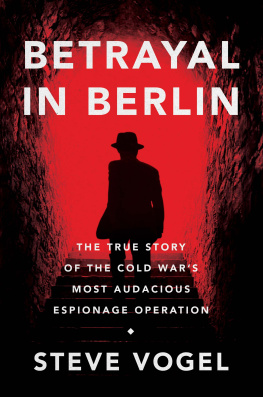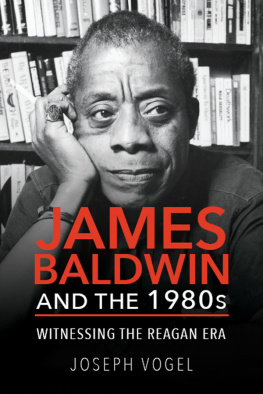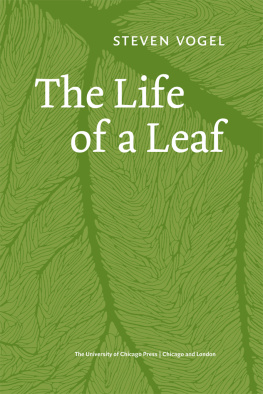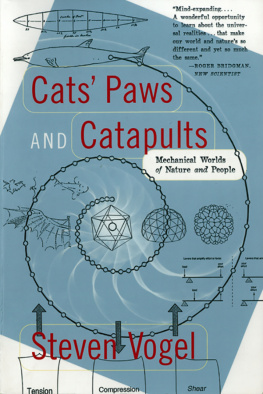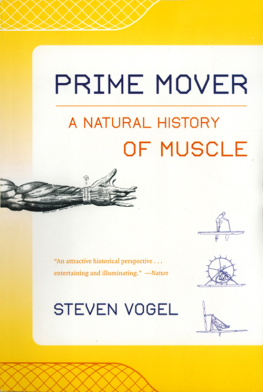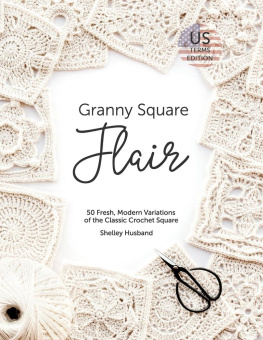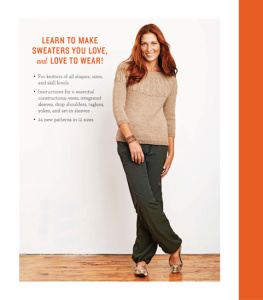
The Twisted Sisters
Knit Sweaters
A Knit-to-Fit Workshop
Lynne Vogel


Acknowledgments
T his book was long in the making. Many heartfelt thanks are in order to all involved.
I cant thank the folks at Interweave Press enough for supporting the conception of the Knitter Fitter. Rebecca Campbell and Marilyn Murphy had the compassion to ease time constraints through the passings of three dearly loved family members. Judith Durant and Jean Lampe flanked me as I wrestled brainchild to paper. Ann Budd championed a dynamic organization, fitting the information like puzzle pieces. Joe Coca took the loveliest photos ever, Gayle Ford and Ann Swanson drew beautiful illustrations, and Paulette Livers laid out one heck of a beautiful book. Many thanks.
Heres a big round of applause for the contributors. Because this book began with enough content to fill three books, much work fell by the wayside. A salute to Rachael, Sue, Ellen (we even knitted over the phone), Elizabeth, Lynn, Jane, and Jeanne, who worked so hard behind the scenes. Kudos to Debby, Crystal, and Mary K for their glorious gallery pieces. Three cheers to our project mavens, Mary P, Linda, Laurie, and the very patient Gail, who waited so long to finally wear that red Aran. Thank you Alina for being my right arm. Thanks and thanks again to Lori L for all your gorgeous work in project and gallery.
And a yippee and yahoo to Twisted Mom Sandy, whose cover sweater rocks! You are a bottomless well of encouragement and inspiration.
There were many guiding lights along the way. Rita, you never doubted me. Mazie, you held a steadfast center. James and Monk, you kept me real. Mom and Mary Willie, you were guardian angels. Blessings to all.
And to my wonderful readers who never stopped pleading for a second book, I can finally say: Here it is!

Contents
T his book was born at a Twisted Sisters get-together when Lynn Nagasako, our natural-dye queen, asked, Why dont you write a book about all the different ways to knit the same sweater?
Ive knitted hundreds of sweaters but have never knitted the same one twice. Most of them sprang from the same roots, but something always changed: the yarn, the size, the shape; usually all three. As I spoke with other twisted sisters, I found that as handspinners, most of us had to adapt either our yarn to fit a pattern or the pattern to fit our yarn. So we agreed to meet this challenge: Knit an original sweater by altering a basic drop-shoulder pulloverexpand, shrink, shape, and decorate it to meet your practical requirements and express your personal style. The following chapters explore the bare bones required in this challenge: choosing and using yarn, the ins and outs of the basic pattern and details of knitting techniques, and the sweaters we produced.
A Kind of Pattern
Generating instructions for different sizes of the same pattern can cause frustration for the pattern writer. The more complicated the details, the more difficult it is to adapt them to different sizes. This says nothing about the frustration on the readers end of things. Line-by-line patterns are hard enough to follow with one set of numbersadd extra sizes in parentheses and its easy to read the wrong number by mistake.
Whats more, general sizes such as Small, Medium, and Large represent only a portion of the population. These sizes are often inconsistent, depending on the way a style fits the body. What may be called Large in one style can be smaller than a Small in another. Have you or someone you know ever been left out of a really cool pattern because it wasnt sized to fit you? This exclusion is not purposeful, just practical. Its impossible to size for everyone, leaving a large portion of the knitting public to learn how to size, alter, or even design from scratch.
The Knitter Fitter System presented in outline every detail from swatching for gauge to adding finishing touches, whether you want to knit your sweater from the bottom up (or top down) or from side to side. Use the Fitter List to record all the important measurements and their conversions to the number of stitches and/or rows for your gauge. Use the Sweater Map to visualize where each of these measurements goes and how the individual pieces of the sweater fit together.
The Knitter Fitter System is infinitely variable, and some of those variations are outlined in . The projects that follow illustrate how the Twisted Sisters made changes to the length, neckline, and/or shoulders of the Classic Crew to create completely different and unique garments. With a little imagination, you can use these concepts to make any sweater you want in whatever size you want. Say goodbye to Small, Medium, and Large for good.
The tools we outline here may be found in sweater software programs. But sometimes there is no substitute for getting your hands in your work. After all, thats why we knit. The ability to manipulate your ideas with yarn and needles or with a pencil, paper, and eraser can trigger a type of creativity lost to the keyboard and mouse.
A long time ago, a teacher told me to just pick up my needles and start knitting. At the time, my rational brain recoiled, yet my intuitive one strained at the leash. Think of the Knitter Fitter as a safety rope for knitters ready to look over the edge into uncharted realms. Just start knitting and watch your yarn turn into gorgeous sweaters.
W ho Are the Twisted Sisters and Friends?
Sandy Sitzman, Twisted Mom and Millennium Queen Enabler of Prospective and Realized Fiber Enthusiasts, began collecting members for the Portland, Oregon-based spinning group known as Twisted Sisters in the late 1980s. The group made yearly pilgrimages to Eugenes Black Sheep Gathering to spin, knit, and laugh their fool heads off. The hilarity soon spread to the Oregon Coast, NW Wools in Portland, and Dome Central, Sandys home in Banks. The small, tightly knit group has grown to include a few friends from other states and one nomad who refuses to stay put.
The Twisted Sisters include:
In Alabama:
Mary Kaiser, Birmingham
In California:
Lori Lawson, San Juan Capistrano
Debby Schnabel, Pine Grove
In Oregon:
Linda Berning/NW Wools, Portland
Sue Brooks, Boring
Crystal Buckley, Portland
Alina Egerman, Portland
Ellen Farr, Portland
Gail Marracci, Scappoose
Lynn Nagasako, Portland
Jane Penny, Portland
Jan Prewitt, Portland
Stephanie Prewitt, Portland
Sandy Sitzman, Banks
Laurie Weinsoft, Portland
In Tennessee:
Mary Priestly, Sewanee
Lynne Vogel, Sewanee
In Washington:
Jeanne Roll, Vancouver
Elizabeth Farr, Friday Harbor
In a lot of places:
Rachael Hocking, Banks, Oregon; Dar Es Salaam, Tanzania; Njombe; Tanzania; Multnomah, Oregon; and, most recently, Goldendale, Washington (but not for long).

Next page

